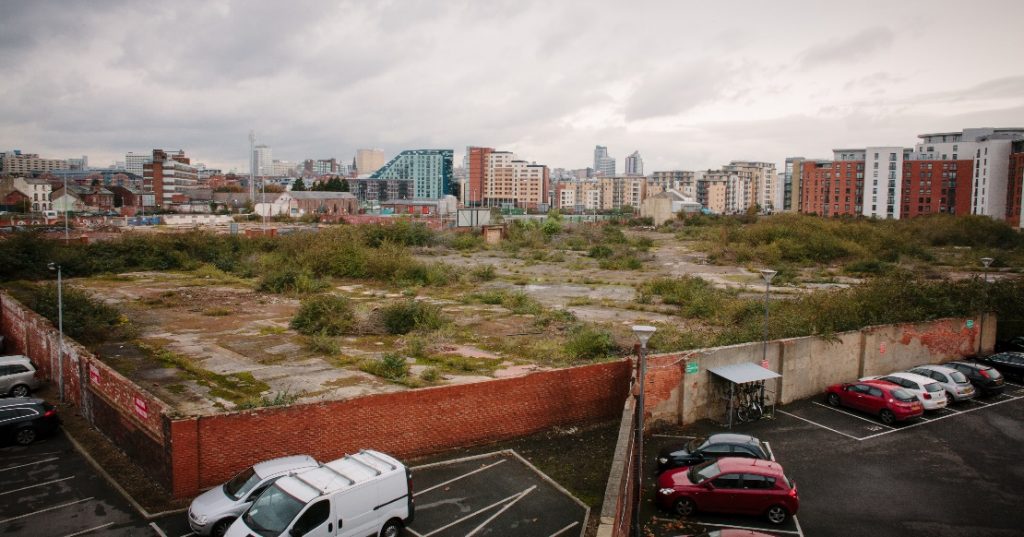OASIS CITIES – IF BUILT ON FORMER INDUSTRIAL SITES – COULD SOLVE THE HOUSING CRISIS


Since OA-Cities will need large sites – ideally close to existing cities – a possibility that should appeal to both “Greens” and NIMBY’s is that OA-Cities would be ideal for former industrial sites. Such sites are classified as either “grey-field” or “brown-field” depending on the amount and toxicity of pollutants in the soil. There is much political agitation to “solve the housing problem” by building new housing estates on such sites – thus preserving our precious “green-fields”. This is naive thinking as such sites can take years to thoroughly clean up and thus can end up costing much more per acre than green-field sites, which can be built-on without delay. But even after “de-contamination” they have a lingering credibility problem as, following many media scare-stories, potential house buyers will be concerned about potentially carcinogenic leftovers in the soil. This means that houses built on such sites are difficult to sell, so developers steer away from them.
But, despite hopeful greenie-led claims that such sites could “solve the housing problem”, the truth is that there are not enough such sites, or if there are they are in the wrong place. To quench Britain’s “current housing demand” of 300,000 per year in addition to filling the backlog – perhaps another 200,000 per year are needed to quench the demand and (hopefully) to reduce prices. 500,000 homes per year built to present low-medium density (4,000 people per sq km) SPRAWL specifications – means an area of about 300 sq km, or the size of Birmingham, needs to built-over each year for the foreseeable future. What a horrible thought..!